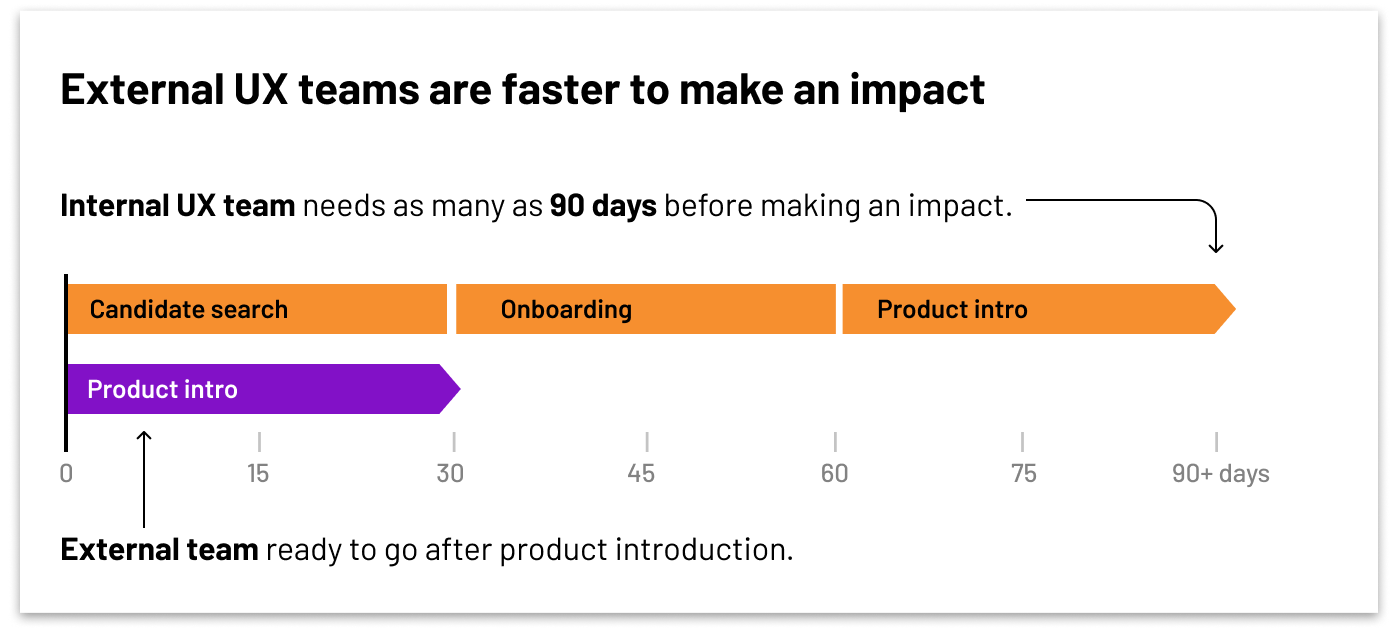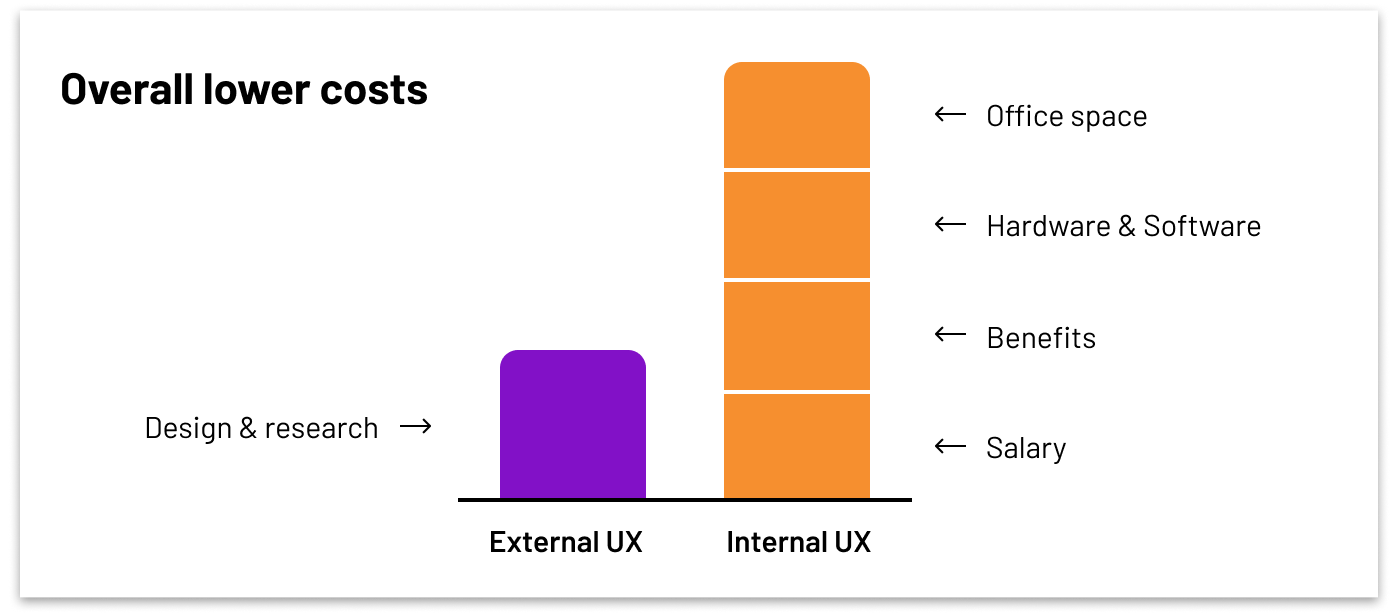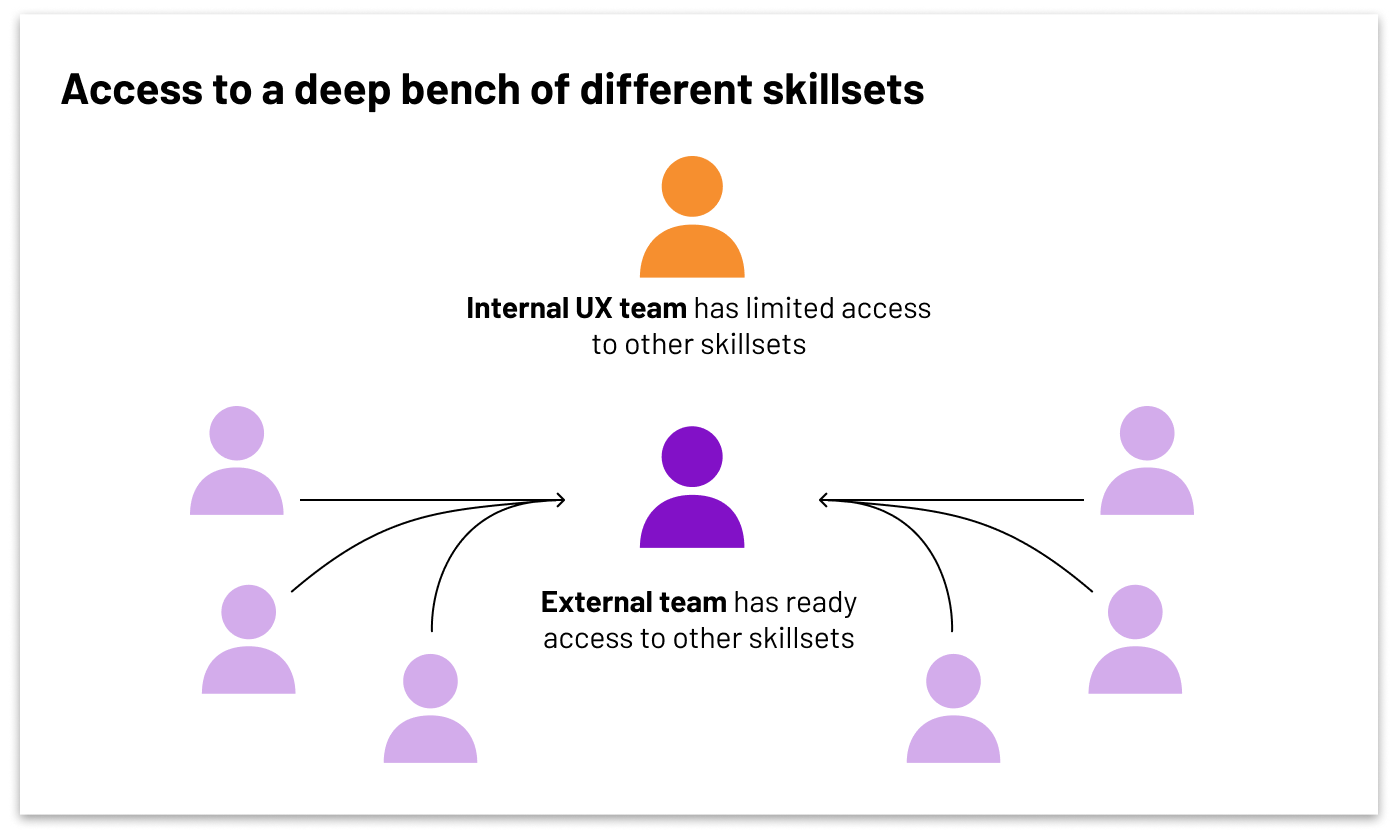Many EdTech product leaders are experiencing unanticipated challenges resulting from the pandemic and the related economic downturn. Some describe reductions in new users or engagement with current users while others have seen sudden surges in their user base as more students and instructors are flocking to new tools, many of which have been made temporarily free of charge. In either case, product teams are feeling immense pressure to maintain, or even increase, output to meet user demands while somehow reducing costs to mitigate the impact of the economic downturn.
I originally wrote this article before the proverbial shit hit the fan. I hit the pause button for weeks as I reflected on whether sharing these thoughts would be insensitive, tone-deaf, even creepy. I decided to shelve it. But in the ensuing weeks, I have had a number of conversations with EdTech leaders, such as you, who have expressed a wide range of feelings from concern to optimism fueled by the recognition that the products we make will play a central role in preparing our society for future crises. For product leaders, the challenge is very clear – how do you keep the momentum while justifying every dollar spent? To that end, here are my thoughts on how a UX agency fits into that picture.
If you have pondered hiring an external UX agency to act as or to augment your core internal team, this article is for you.
The first myth I always address is the notion that the cost of an external UX team is too pricey. After all, you could hire a permanent employee for less than the price tag of an external engagement. Makes sense. Right?
The answer is much more complex, actually. The truth is that you shouldn’t compare the cost of an external UX team with an “in-house agency” model, without first understanding what your investment yields. It’s not a simple apples-to-apples comparison.
The Benefits of Partnering with a UX Agency
It’s important to weigh the pros and cons of hiring an external UX agency versus adding additional resources to your own internal team, especially during times of economic uncertainty. But in order to truly understand what each option costs, you have to look behind the numbers to see what your UX investment actually delivers. The main factors include speed and flexibility, scalability, cost, and expertise.
Speed and Flexibility: A UX Agency can Adopt a Lean Team Structure
A well-appointed UX agency can add or remove team members from your project much faster than you can hire and onboard internal staff members. That can save you time and money when it matters most.
Consider this: According to Workable, within the creative service industry, it typically takes 45-60 days to hire a UX designer or other creative service professional. But they still won’t be ready to jump into project work right out of the gate. First, they’ll need to complete your company’s onboarding and training process, which (for the sake of this scenario) takes two weeks. Next, they’ll need to get up to speed on your particular EdTech product and the particulars of their job. This may take another handful of weeks, unless your new hire is more junior, in which case you might expect to invest yet more time in training and orientation. According to BambooHR, on the low end, you can expect to wait around 90 days — an entire quarter — before your new hire is contributing meaningfully to your product.
In contrast, a UX agency can get a full team up and running on your product much faster than it would take you to make a single hire. The agency’s team comes fully assembled, trained, and ready to get to work on your product. They are a force multiplier who won’t need to waste valuable time completing corporate onboarding. The only orientation they will require is an introduction to your product. After that, it’s off to the races. And, once a UX team is assigned to your product, your agency partner can tap team members on and off of your product in real time to suit your evolving needs. The ability to pull in specialists such those with deep data visualization and gamification expertise is a big benefit that agencies can bring.

An investment in an external UX team delivers more speed and faster impact.
Cost Savings: The Fallacies of a UX Team of One
At first glance, external agencies often appear more expensive than internal hires. But a closer look reveals that a UX agency can actually reduce your per-year spend on UX research and design.
To understand why, remember your investment in a UX agency gains you access to a full team of experts with unique specializations. In order to match that level of competence, you would need to likely hire at least four full time, permanent employees. This includes a UX director or lead, UX designer, UX researcher, and a project manager, plus any specialists that are required to achieve the goals of your product. Depending on your level of needs, this well-rounded team may also include the UX agency’s executive leadership.
Keep in mind, too, that the cost of retaining in-house staff goes beyond just salaries. Each employee triggers a number of additional costs. There are the obvious taxes and benefits such as 401k and paid time off. But there are less straightforward costs, too. These include hardware, software, continuing education, and — perhaps most nebulous of all — time. These concerns often make leaders reluctant to staff up in times of uncertainty for fear they will be overstaffed once key roadmap components have been achieved. For this reason, an agency is a great solution for scaling without taking on long-term financial risks.
Most EdTech companies that explore the idea of an internal UX team plan to start small, with just one initial hire. That brings costs down, of course — but it can just as easily diminish the level of available expertise, too. For EdTech teams planning to start with one UX hire, we recommend selecting someone with experience managing both internal and external teams to serve as the hub for resources as you build your team, rather than a solo designer who will undoubtedly be overwhelmed by all the different tasks required to run a successful UX research and design program.

An external UX team can be more cost-effective than an internal team.
Expertise: Hiring UX and EdTech Specialists
Unless you plan to hire and onboard an entire internal team of UX specialists, your in-house investment won’t yield the same level of expertise as a dollar-for-dollar agency investment would.
If you hire just one UX employee, that lone individual simply won’t be able to match the expertise of multiple subject matter specialists an agency would be able to assign to your product. To do that is setting up conditions for that person to fail. Depending on who you hire, you’ll almost certainly have gaps in your internal expertise. For example, your new employee may understand UX design but not know how to conduct UX research or act as an efficient project manager. And the likelihood of finding someone with UX training and expertise in the EdTech space is especially low.

An external UX team has access to a deep bench of expertise that can be leveraged as needed for support and informal validation. Even if these other specialists are not routinely working on your product, they frequently serve as an invaluable resource for those who are.
Another myth we deal with is that outside agencies put your accumulated knowledge at greater risk. The truth is, the risk of turnover depleting knowledge is equal among internal and external teams if you don’t have systems and processes to collect and document that knowledge, such as well documented design language systems. Whether employed by your company or by your agency, nothing is stopping members of the UX team from leaving. For that reason, it’s incumbent on you to require your UX team to maintain documentation and guidelines about all aspects of your product. Platforms such as JIRA, Google Teams, Slack and others enable you to capture and protect all aspects of product documentation.
The value of specialization is hard to quantify. At Openfield, we specialize in EdTech as much as UX. Our team of experts prides themselves on maintaining the pulse of the EdTech space as well as current UX best practices across markets. We see trends and patterns across a wide spectrum of the industry and are able to advise our clients accordingly. That level of expertise and experience is hard to come by.
Whether or not you choose to hire in-house, an agency or a blend, I hope this helps you think through your options. As always, I’m happy to hear your thoughts and offer my insights.
Thanks for reading and be well.
